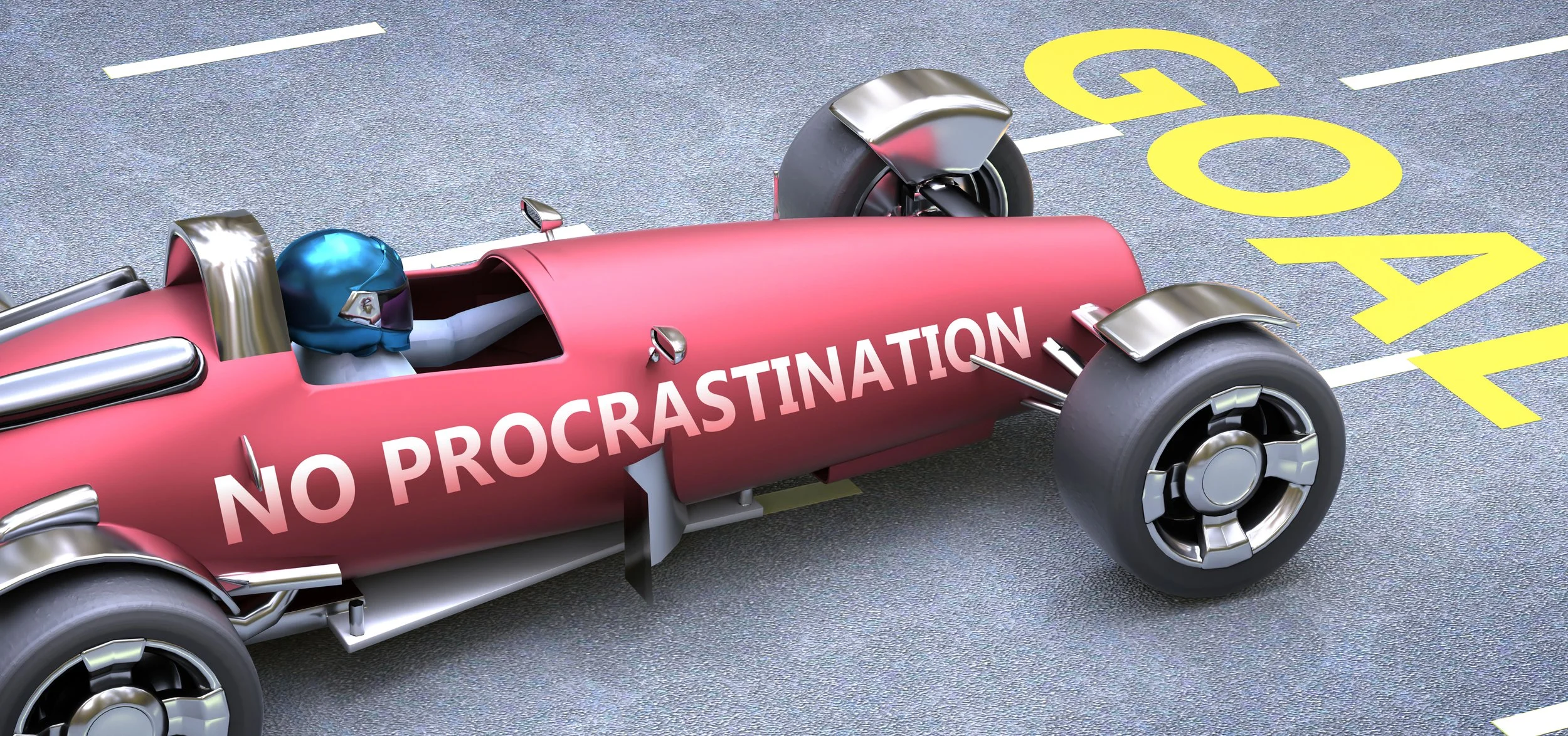In this episode, we discuss how motivation to act (or procrastinate) is a function of four variables.
The Anatomy of Procrastination
How are procrastination and mindset related?
The Best of 2022: Our Top Articles & Resources
Why Procrastination is Sneaky
Is Procrastination Bad?
Why You Need a Behavior Design Model
What TV’s Undercover Boss Can Teach Us About Procrastination
A stress-is-enhancing mindset in the context of hindrance stressors is nowhere more apparent than in stories found in Undercover Boss, a reality TV series in which a member in upper-management at a major business goes undercover as an entry-level employee to experience the company from a worker’s perspective.
What’s Active Procrastination and How Does It Help?
The Cost is Worth It: Crushing Threat Stressor Procrastination
When people talk about procrastination, it’s almost always about tasks they put off doing. The tasks can be related to challenge stressors–too much to do in too little time–or hindrance stressors–barriers that block you from carrying out the job. The solutions to these stressors can be effective and may even energize you. The solutions renew your sense of control, mastery, and productivity.
But threat stressors are a different story.
Threat stressors take a heavy toll on your social and emotional health, and even on your body. You can disarm the myth that keeps so many people locked into the procrastination related to threat stressors and correct the misconceptions about how to tackle that procrastination.










